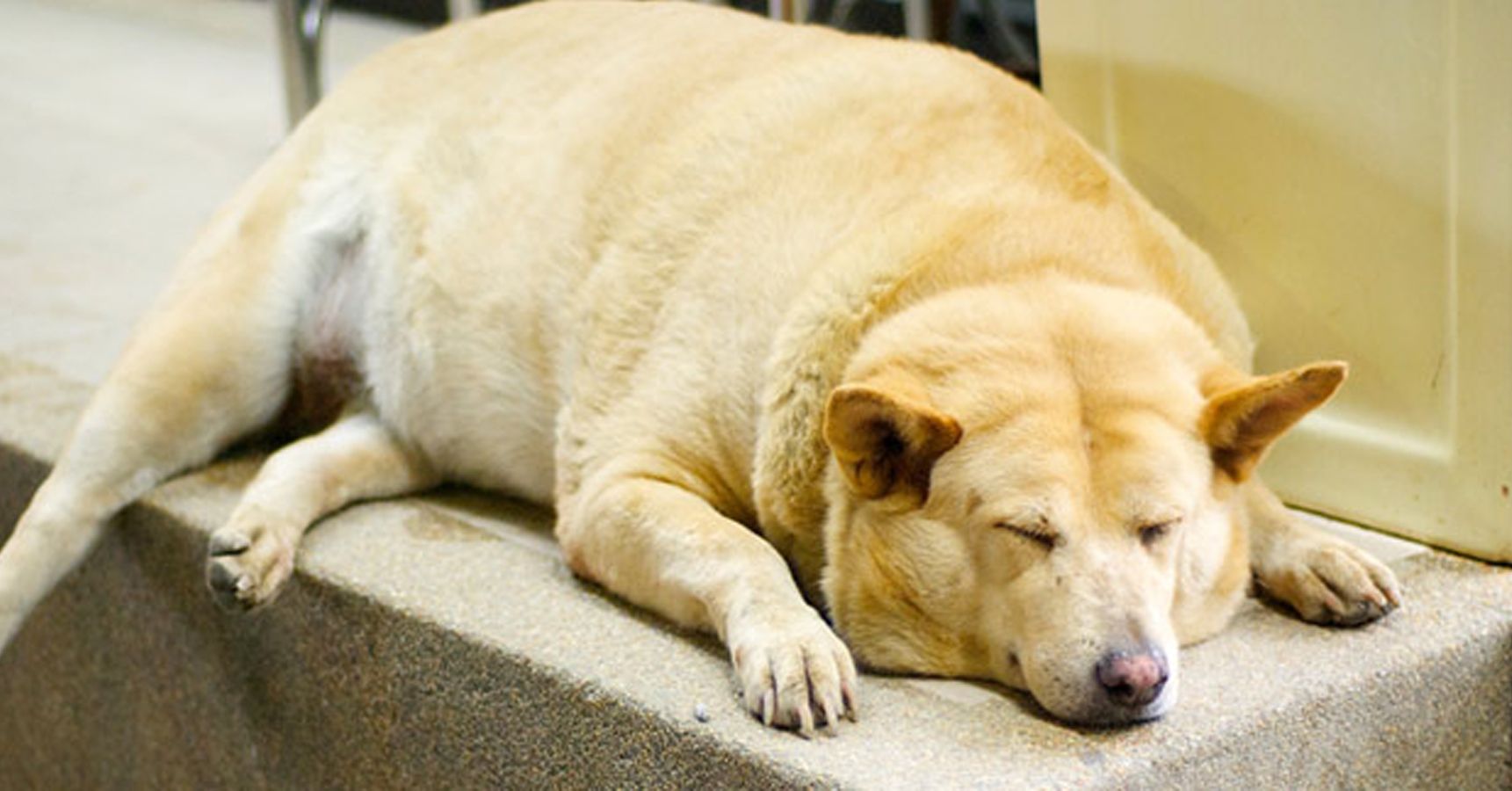
Dogs that are overweight are becoming more frequent than ever before. The majority of the time, it sneaks up on pet parents. If your dog is overweight and needs to lose a few pounds, it’s critical that you do so in a healthy manner.
Maintaining a healthy weight is essential for dogs to have long and happy lives. Overweight dogs are more likely to have joint injuries, osteoarthritis, high blood pressure, respiratory issues, diabetes, heart disease, and even cancer.
Obesity in dogs is on the rise, despite the fact that it is a medical issue that is completely preventable. According to the Association for Pet Obesity Prevention’s poll of veterinarians, 53 percent of dogs in the Ireland are overweight or obese. So, if your dog is one of these, how should you go about losing weight?
How to Determine Whether or Not Your Dog Is Overweight
Because many dogs acquire weight gradually, pet owners who see their dog on a daily basis may not realize their dog’s increased size. One approach to determine weight increase without stepping on the scale is to look at a dog’s body.
• Pinch the skin surrounding your dog’s body on both sides. Between the ribs, there should be a layer of skin and muscle, but pet owners should be able to feel the rib bones underneath.
• From the side, look at your dog’s profile. Instead of a natural curve in the abdomen, overweight dogs may have a low-hanging belly.
• A distinct waistline should be seen along the torso from above. A dog’s waistline bulges, indicating that it is overweight.
Weight Loss for Dogs in Simple Steps
The steps to a healthy weight loss will differ depending on a dog’s breed, medical history, age, and size. To guarantee that all weight loss measures are effective and not hazardous, follow these instructions.
1. Establish a Weight-Loss Program for Your Dog
Consult your veterinarian to identify the best weight-loss strategy for your dog. Your veterinarian can rule out any medical issues that could be causing weight gain after performing a checkup.
If your pet has become overweight as a result of inactivity and overeating, a diet and exercise plan will assist them in regaining a healthy weight. The strategy could comprise the following elements:
Setting weight-loss benchmarks and targets.
Keeping track of your pet’s progress through periodic weigh-ins.
Creating a calorie, nutrition, and meal plan.
Recommendation for a workout routine.
2. Keep track of your food and calorie intake in order to lose weight.
Once your veterinarian has established what caloric intake is best for your dog, make sure you stick to it. Set aside particular meal times and measure out food servings. Avoid letting your dog graze all day from a full dish, and avoid using self feeders. If you have numerous dogs, make sure they all eat the same amount of food. To make things easier, you may feed pets in different rooms.
Portion management will prevent pets from overeating, but there are other measures to ensure calories aren’t consumed excessively:
Treats Should Be Reduced or Eliminated: As with any diet, frequent snacking should be the first thing to go. Regular rewards should be avoided by overweight pets. Purchase low-calorie treats or try natural foods that are low in additives and preservatives, such as carrot sticks, for special events or training.
Remove Table Food: If you include table food or scraps in your diet, it may be more difficult to stick to it. Stick to portioned meals and snacks, and keep an eye out for dogs who like to consume unsecured food.
Avoid Fatty Chews: Some chew toys can cause you to gain weight unintentionally. Replace high-fat chews, such as pig’s ears, with leaner, more protein-rich alternatives.
3. Exercise and Weight Loss in Dogs
Increased exercise is not only beneficial to a dog’s overall health and well-being, but it is also a terrific way to lose weight. Always with your veterinarian to ensure that the exercise plan you’ve devised is appropriate for your dog’s age and current health condition.
To keep things interesting and raise your pet’s step count, try these exercise ideas.
• Longer walks are a simple approach to enhance your pet’s exercise.
• Playing catch at the park or a dog run on a regular basis is a fun way to get your heart rate up.
• Playing with toys at home on a daily basis will improve overall movement. If your old toys aren’t cutting it anymore, try mixing them up for some variation.
• If your dog is able to climb stairs, consider transferring food or water upstairs or downstairs to give him an extra workout.
During a weight-loss program, make sure your dog has plenty of water, especially after walking, playing, and exercising.
Keeping Your Dog at a Healthy Weight
Consult your veterinarian about the optimum nutrition and exercise plan for your pet once it has reached its ideal weight. You may need to change your dog’s exercise and caloric intake as he gets older. Make regular checkups a priority, and keep an eye out for signs of weight increase. In the end, your dog will be grateful!
